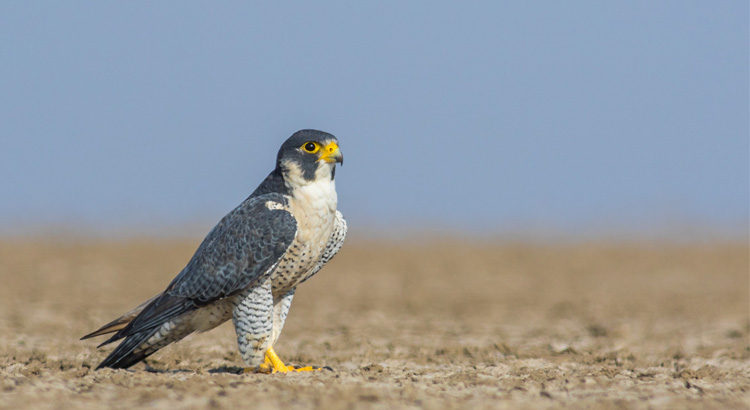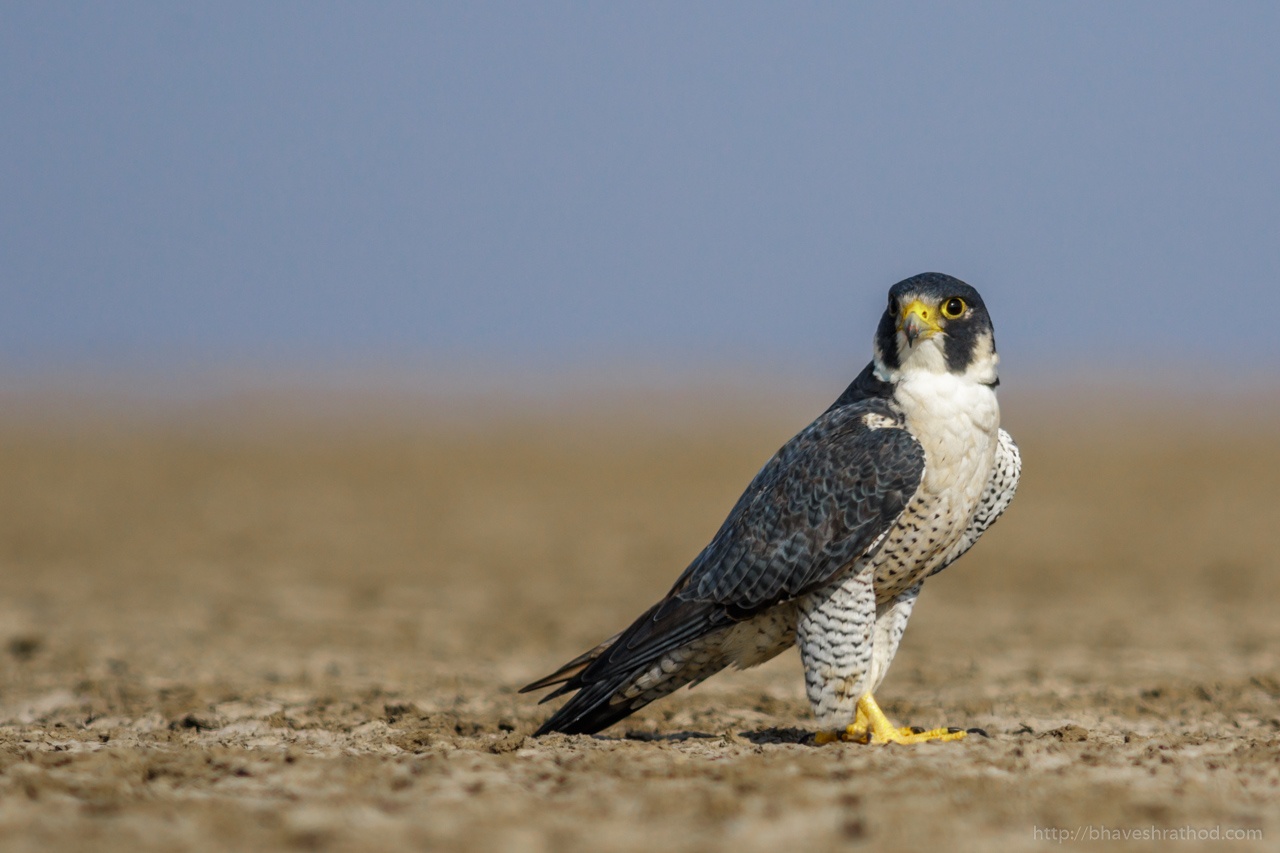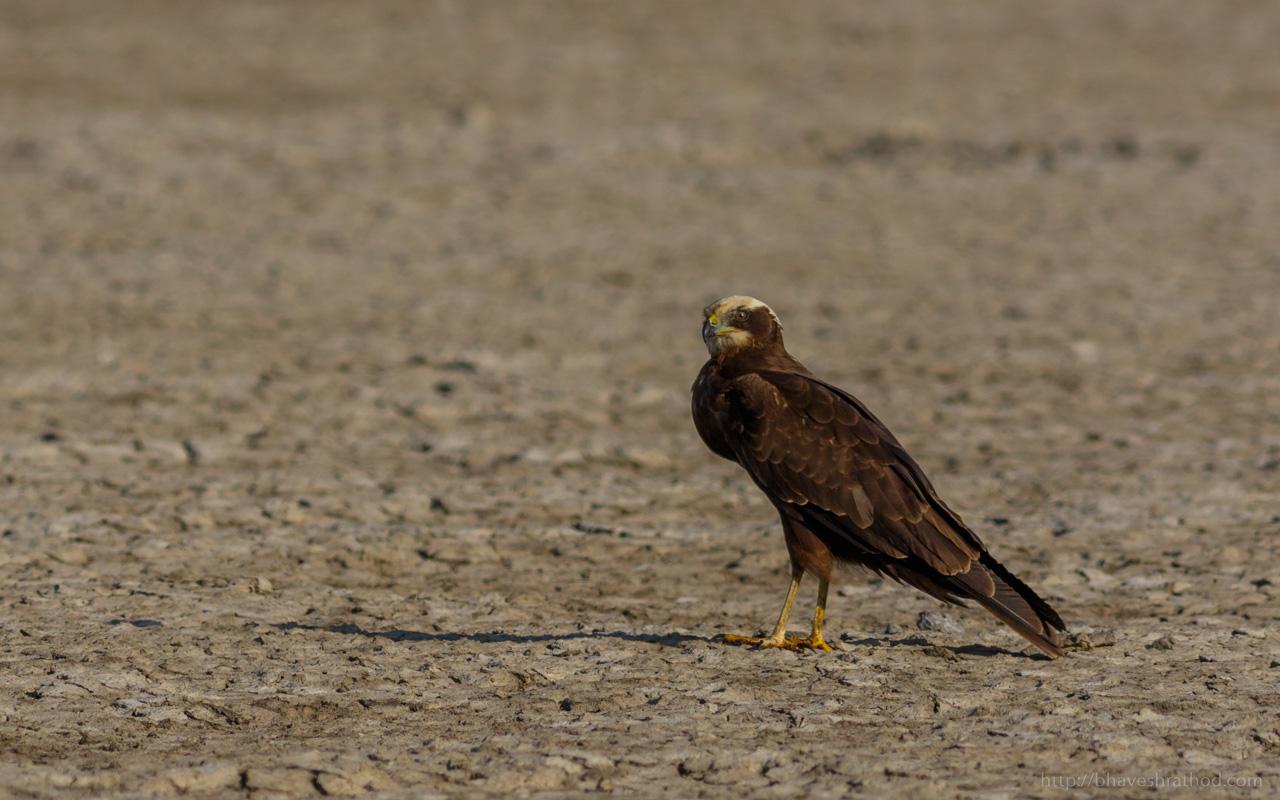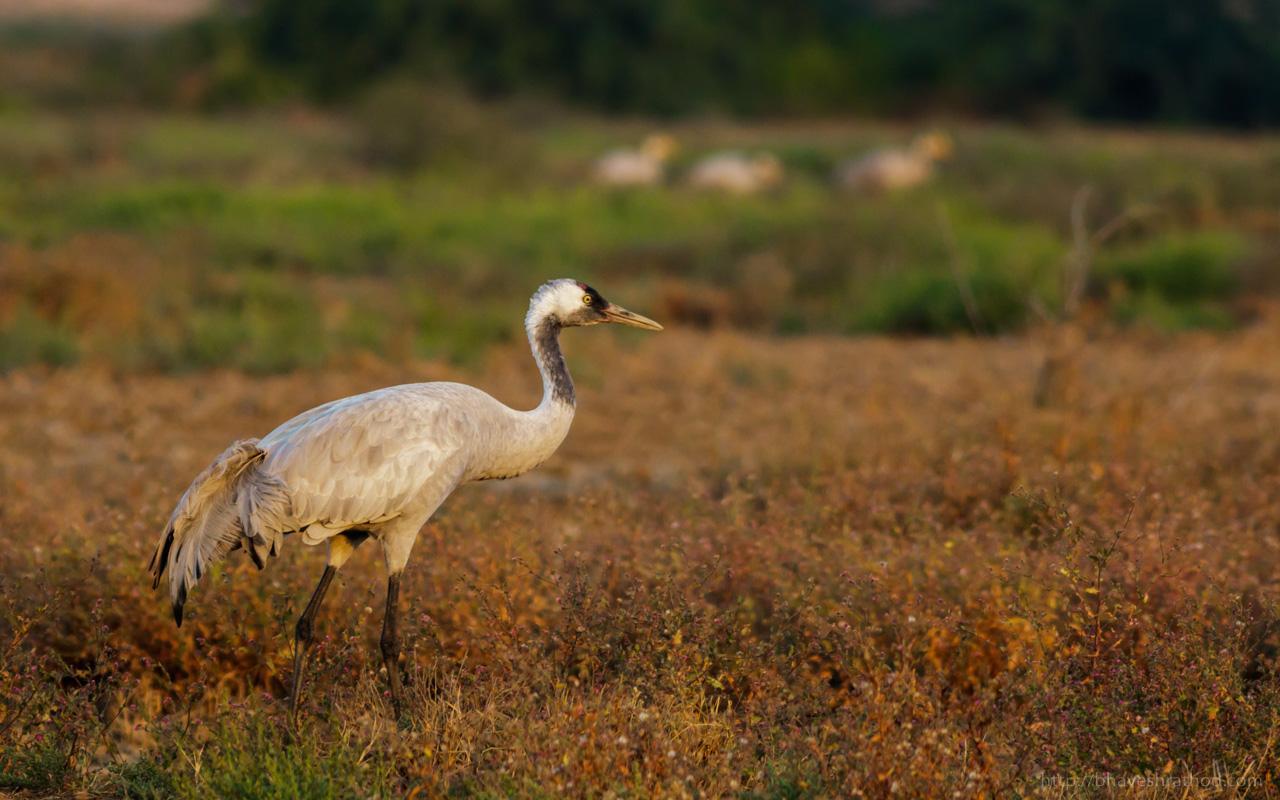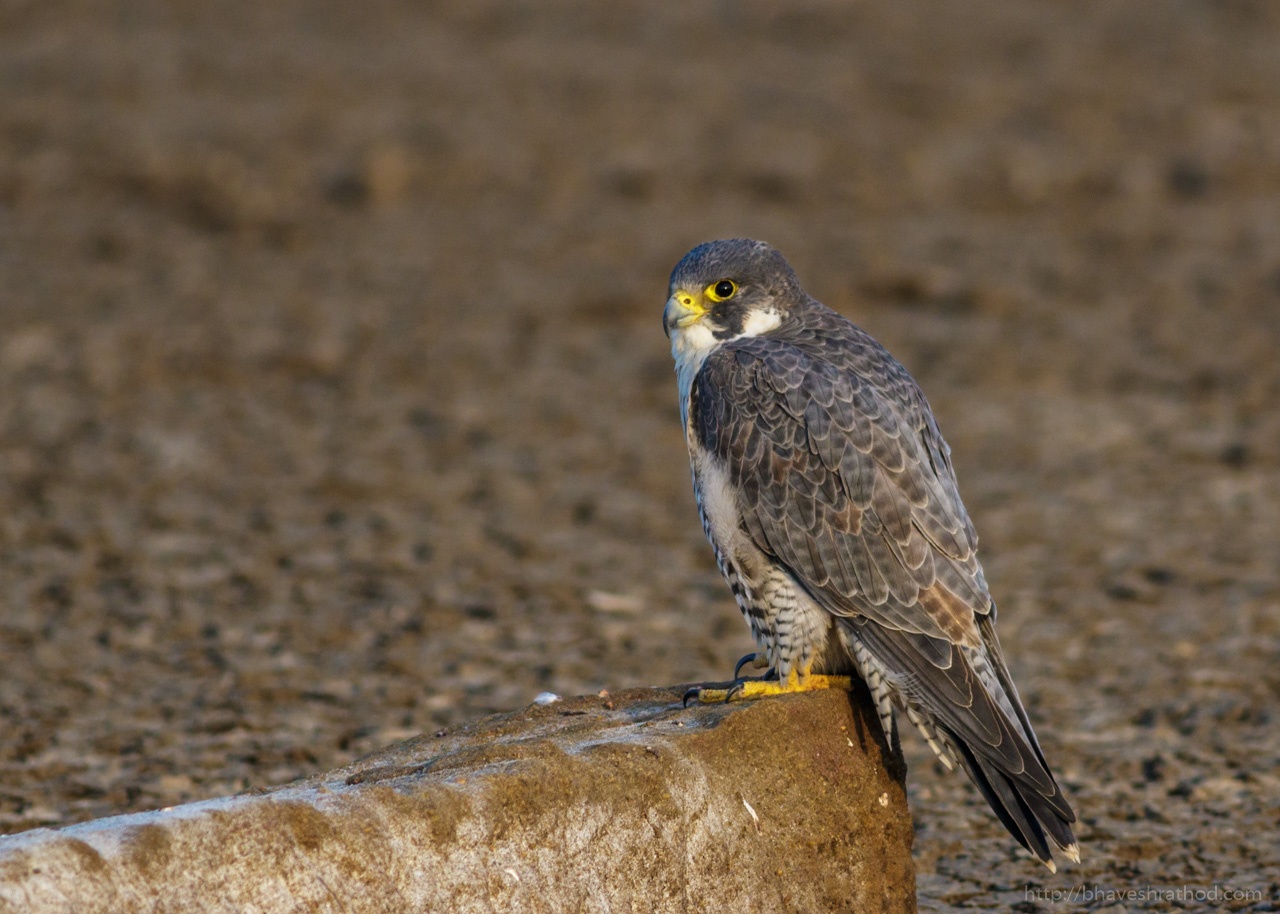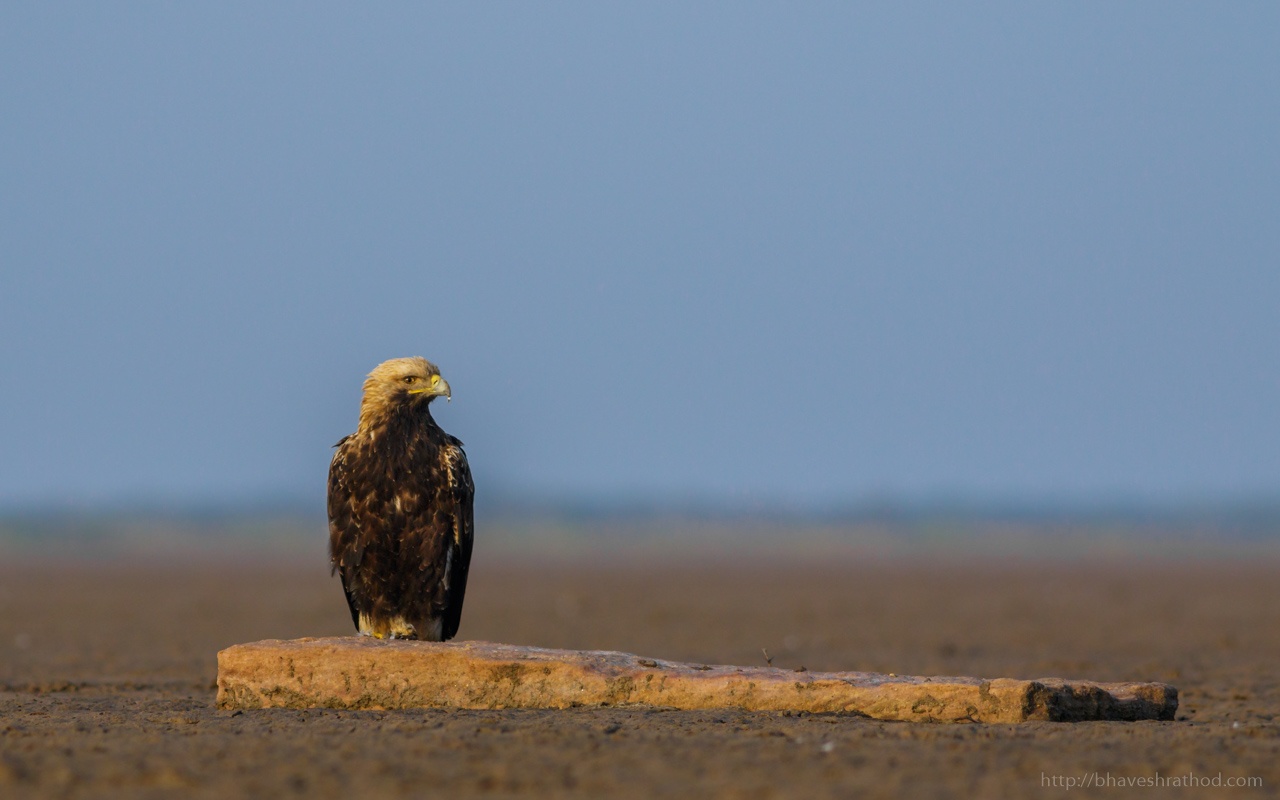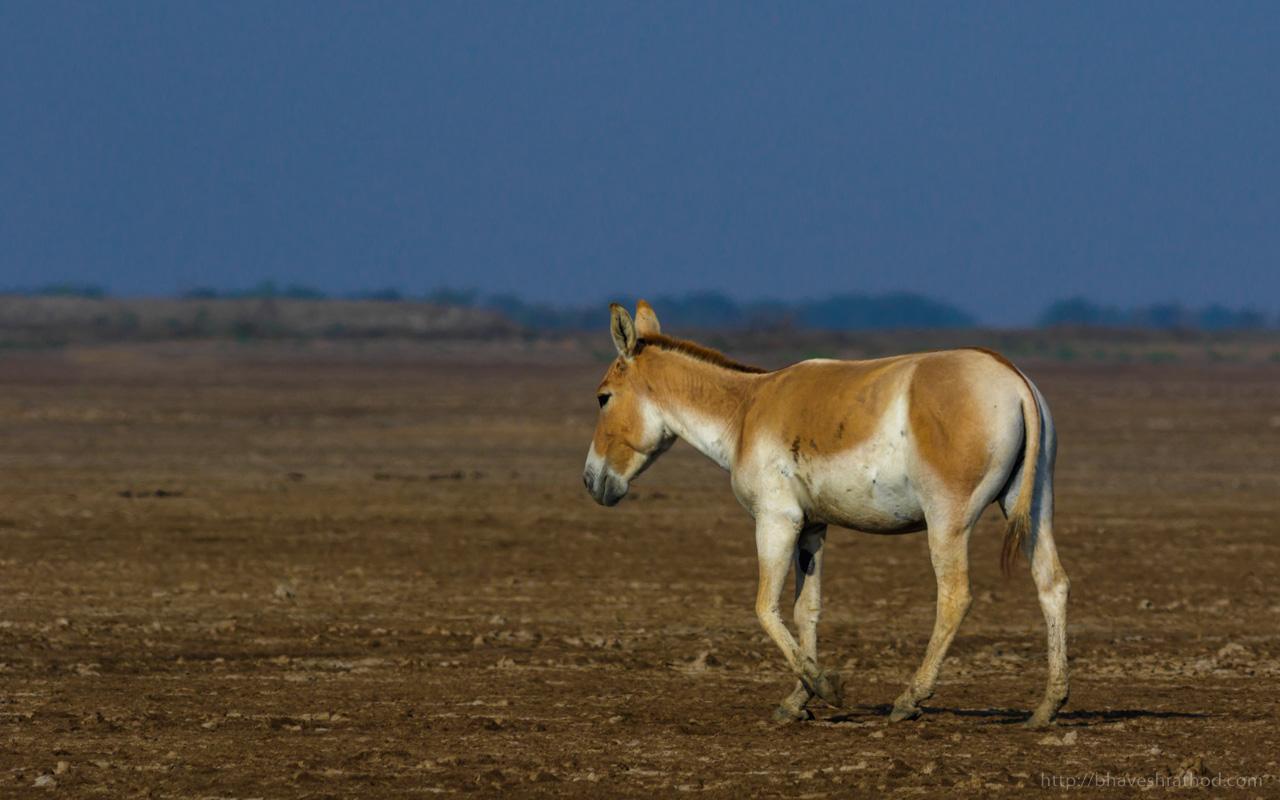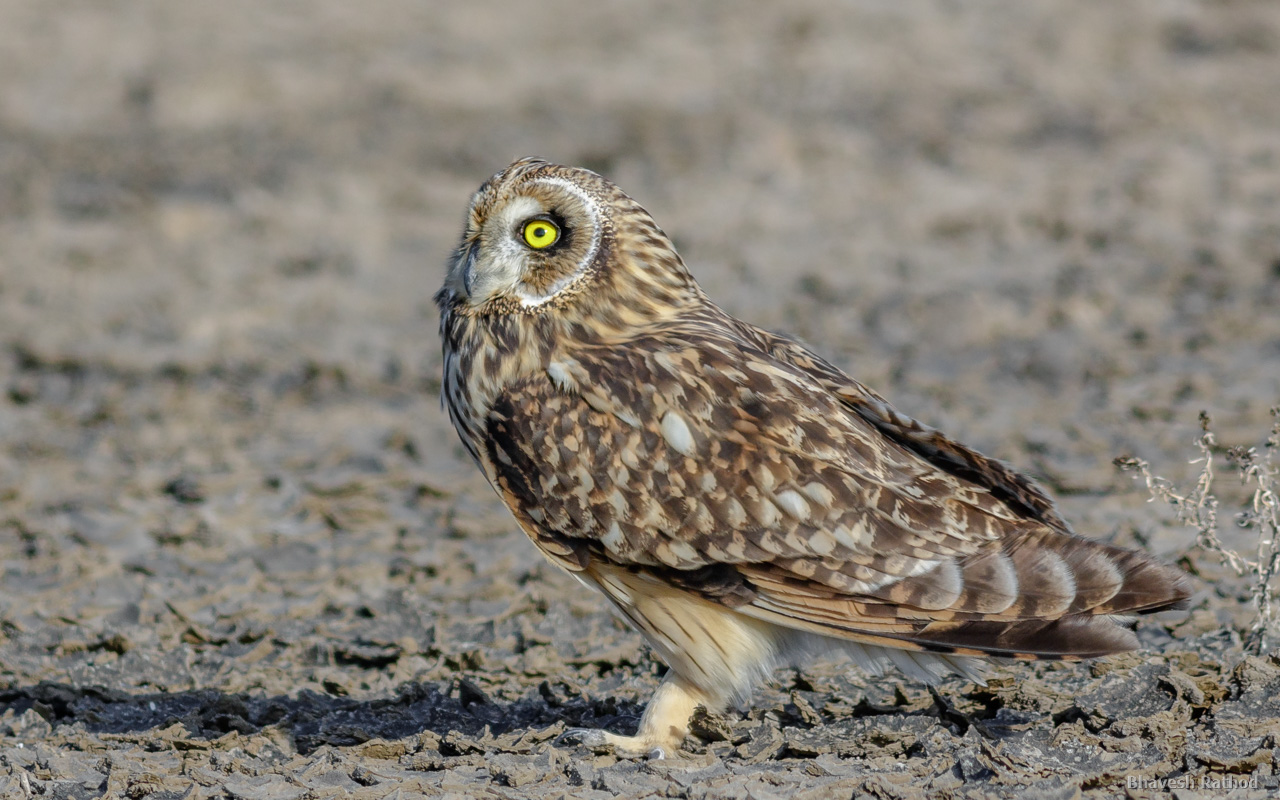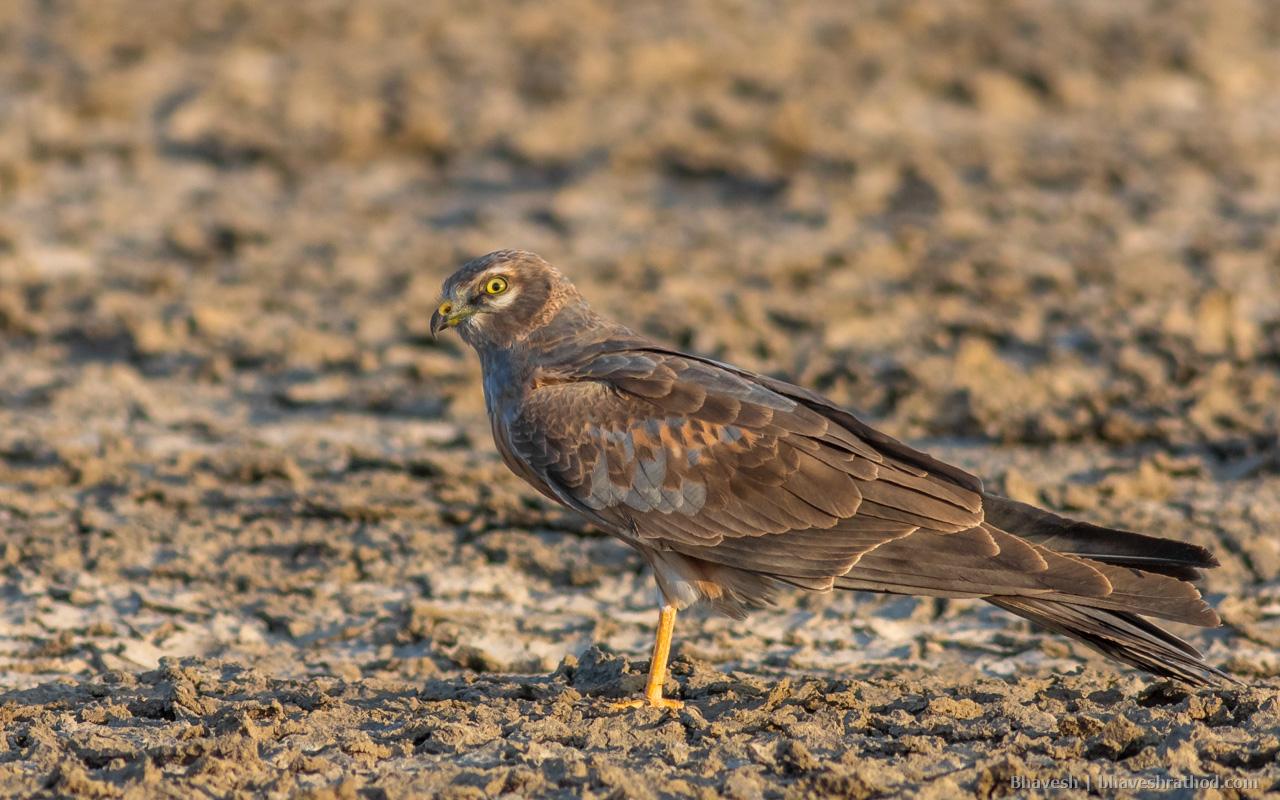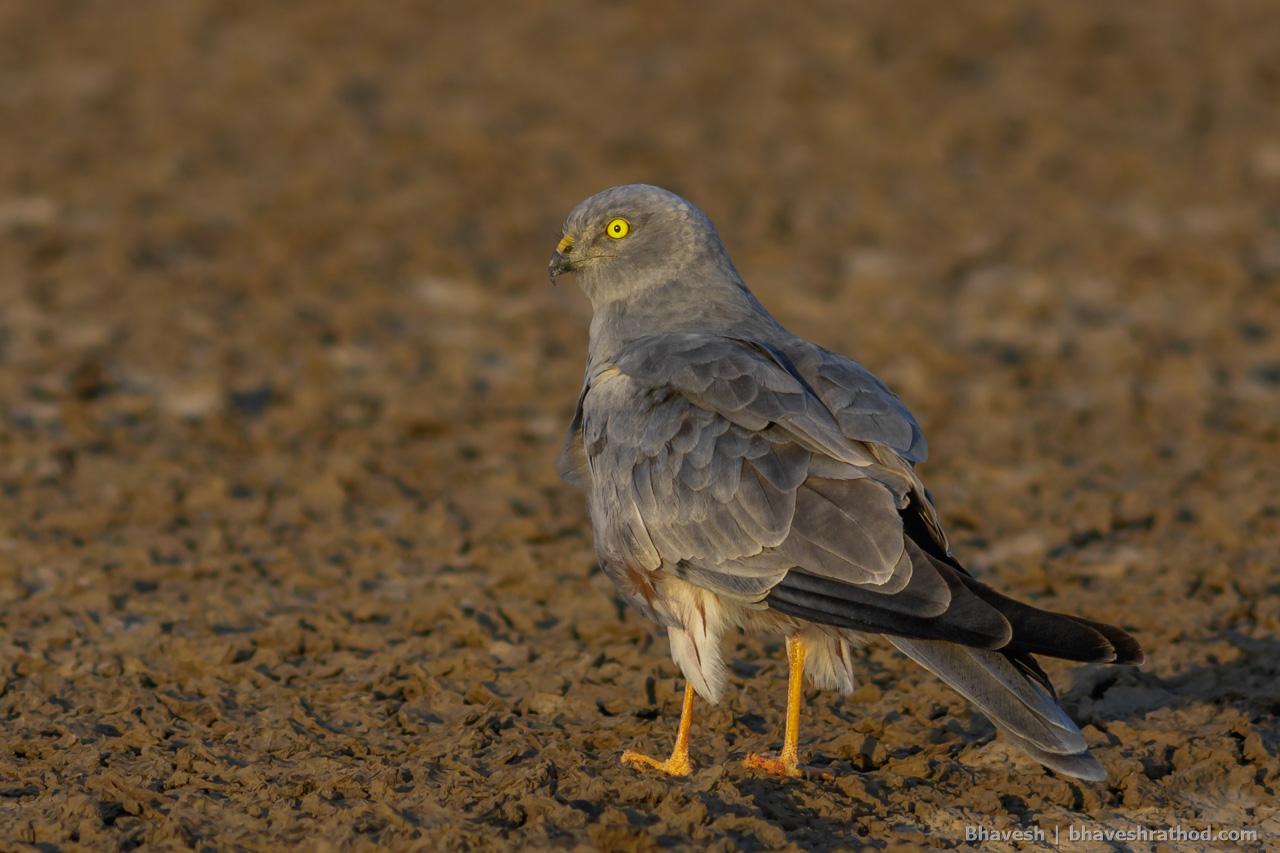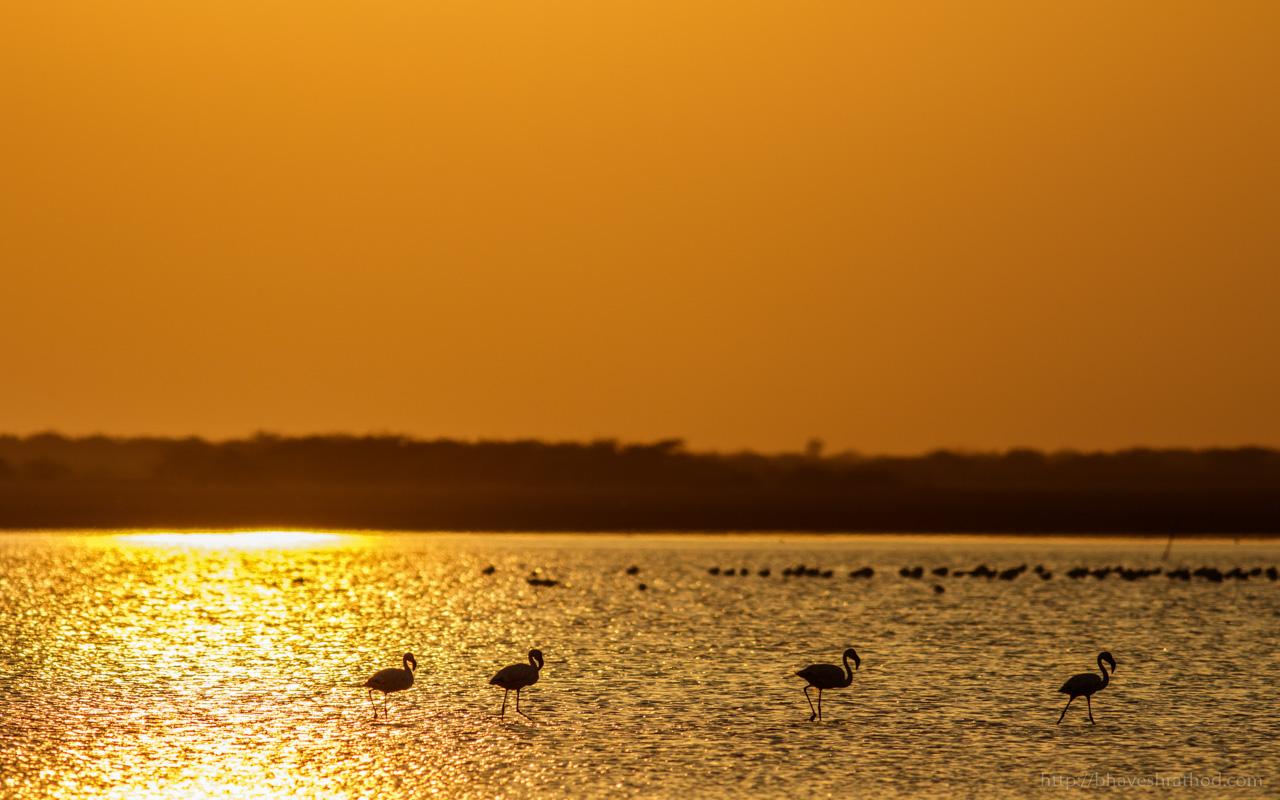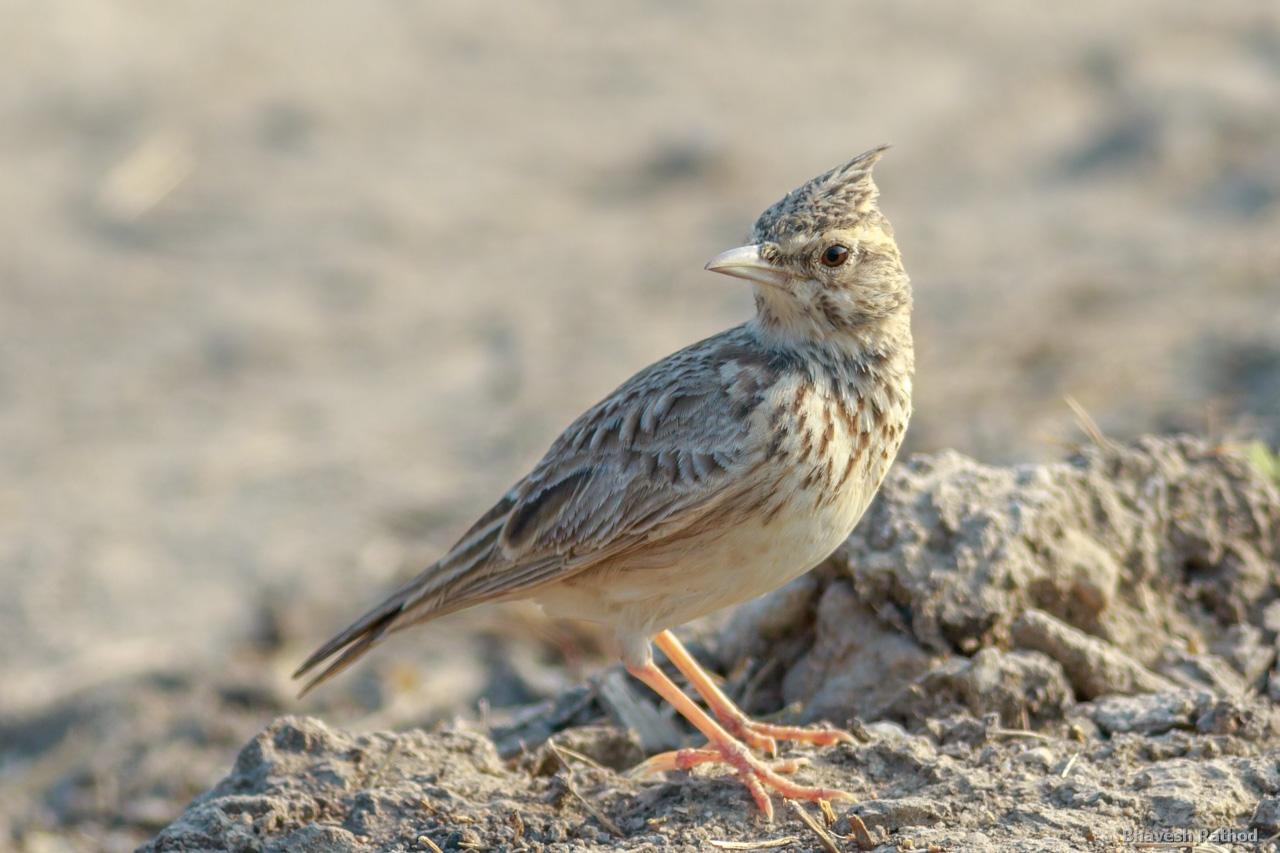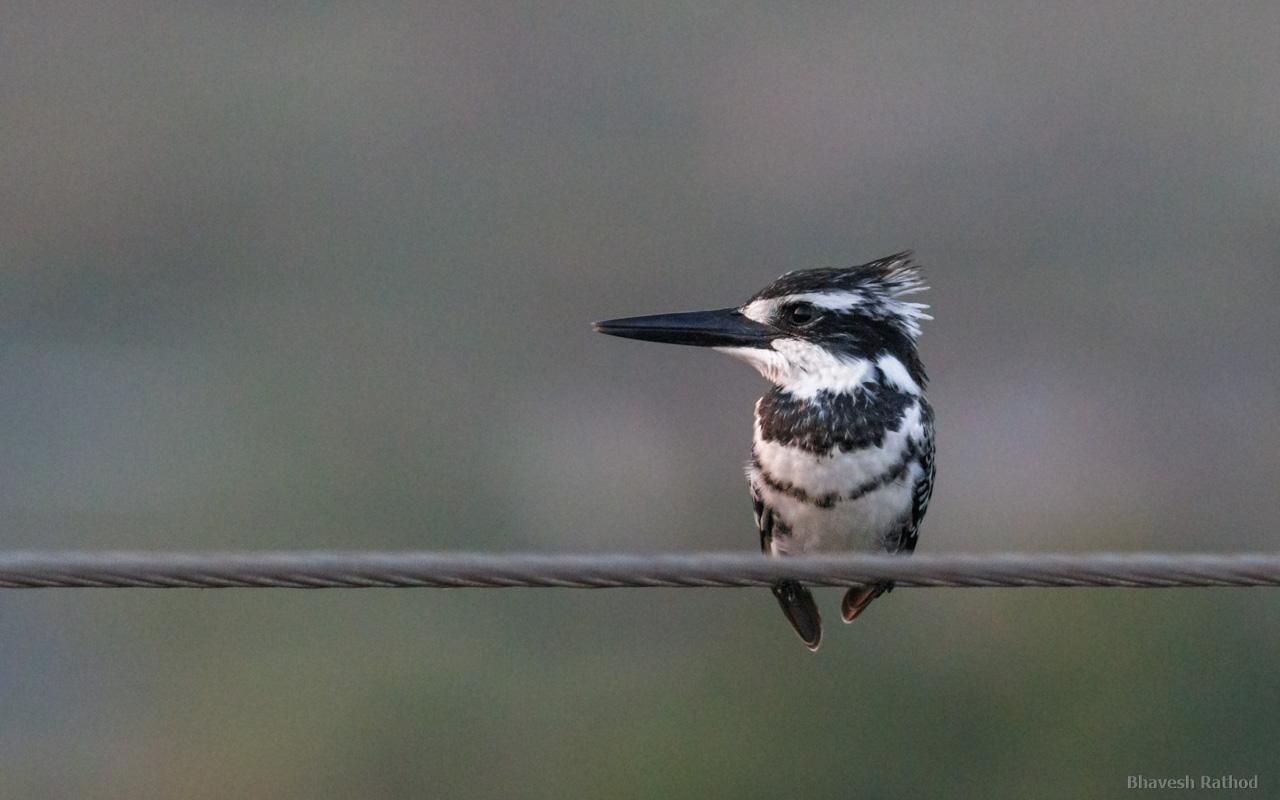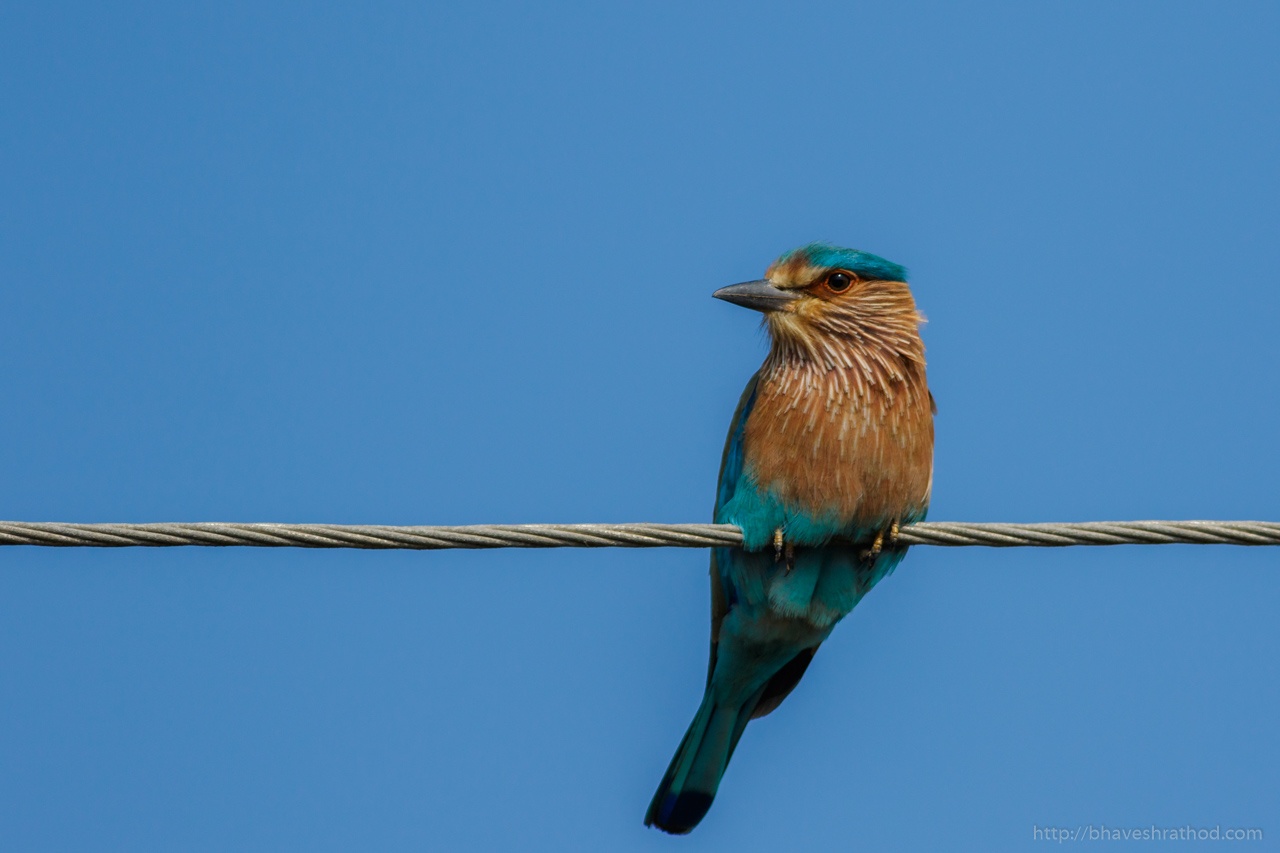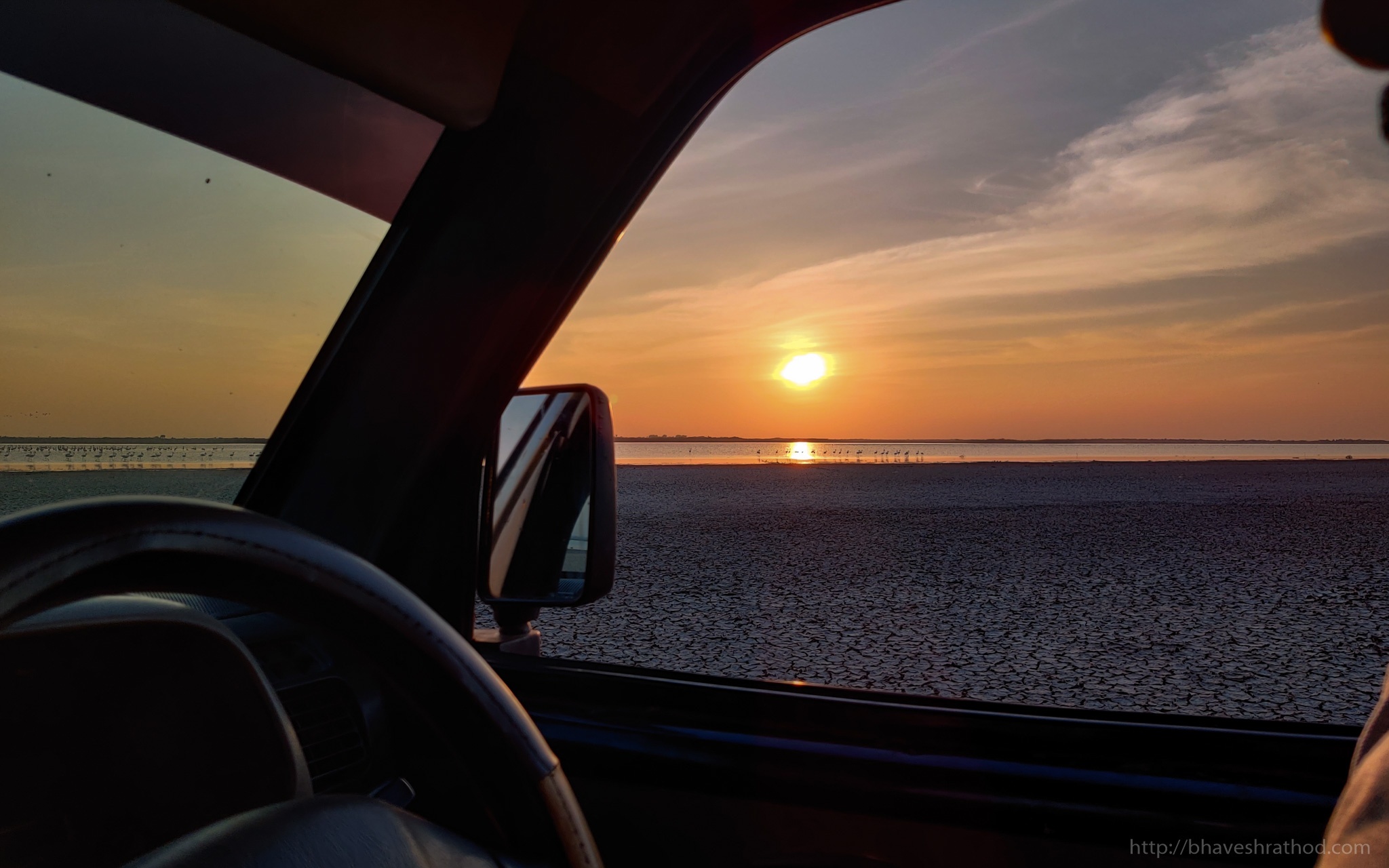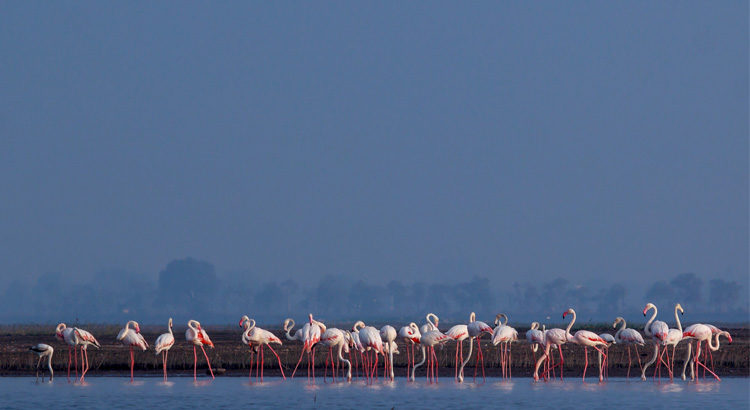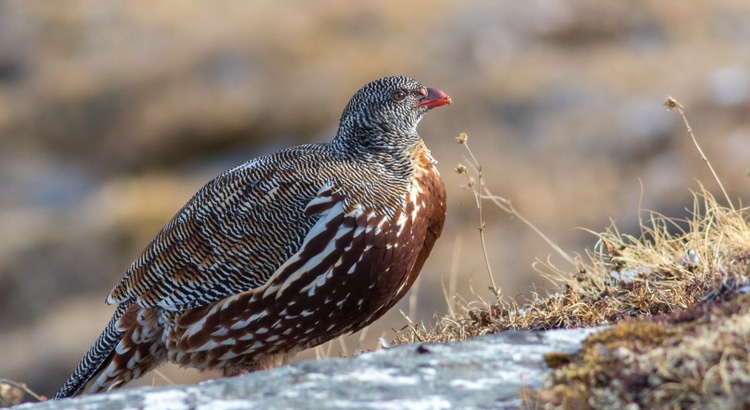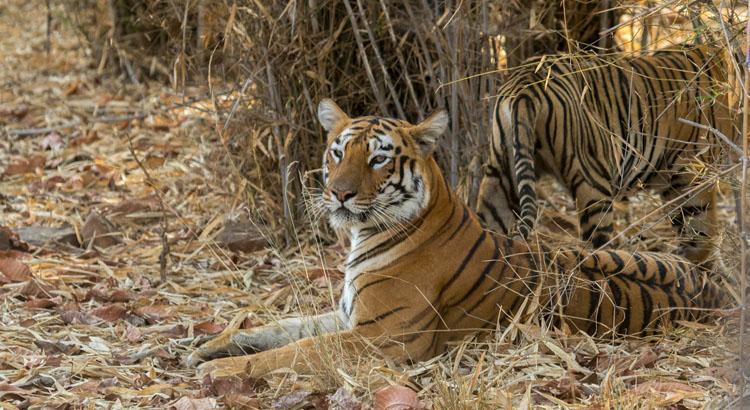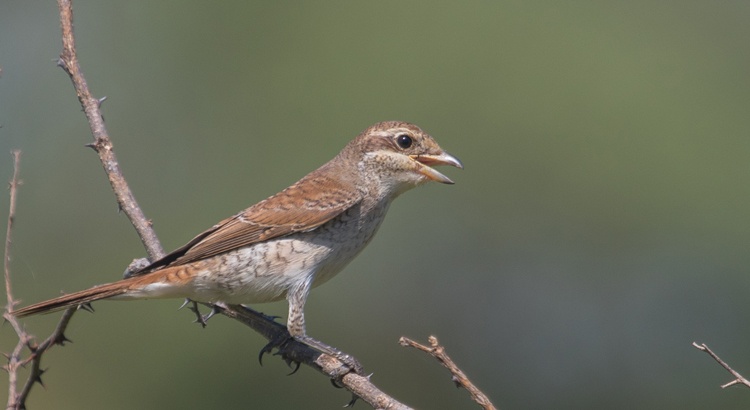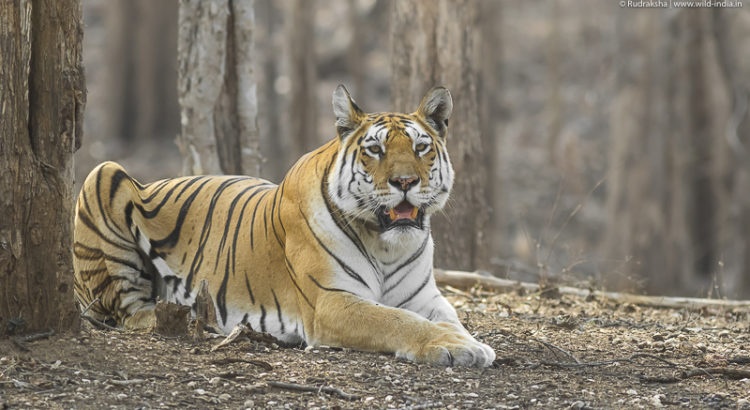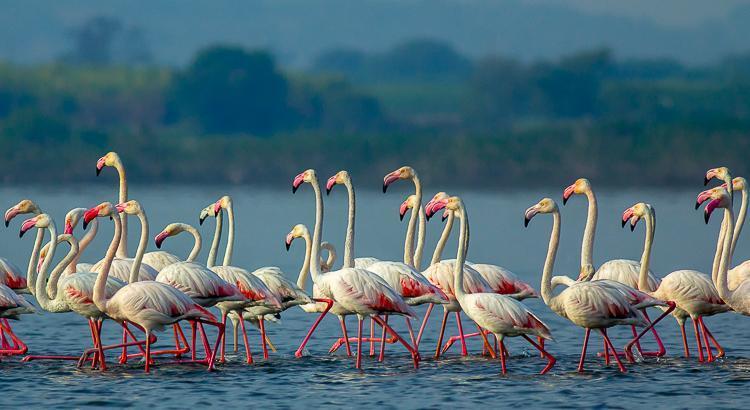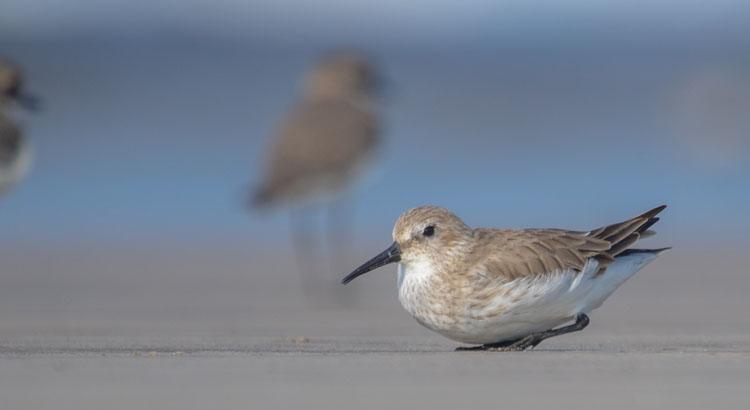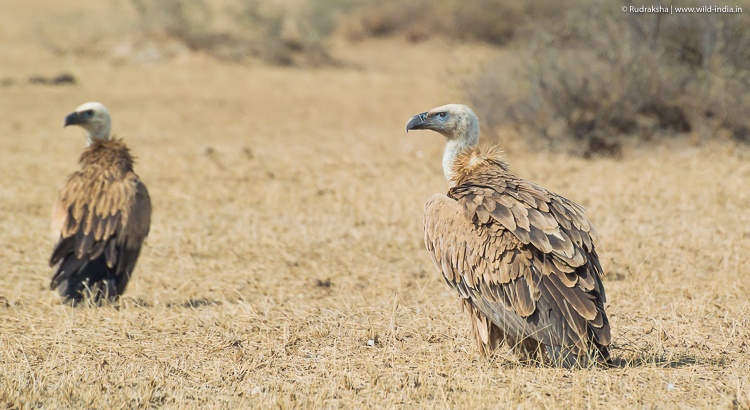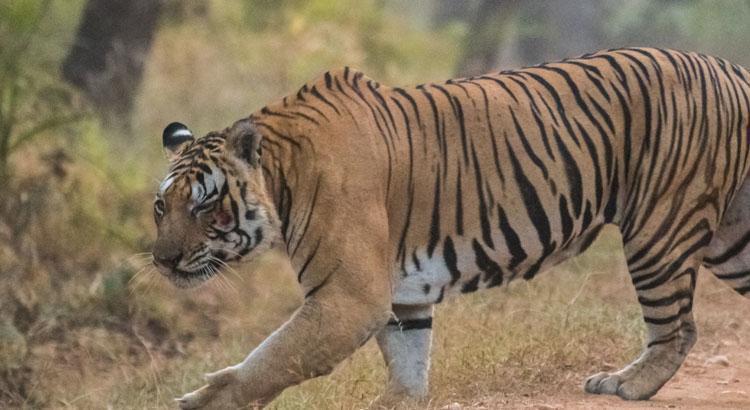Introduction
Little Rann of Kutch is famous as the world’s last refuge of the Indian Wild Ass (Khur) for the conservation of which it has been declared as the Indian Wild Ass Sanctuary. Though a bleak landscape it is rich in biodiversity and is an ecologically important area for wildlife and many local and migratory water birds like cranes, ducks, pelicans, flamingos and land birds like sandgrouse, francolins and the MacQueen’s bustards. It is also home to various unique mammals apart from wild Ass such the Indian Wolf (Canis indica), Desert Fox (Vulpes vulpes pusilla) and Nilgai (Boselaphus tragocamelus).
Tour Itinerary
Day 1
Arrival at Ahmedabad by 05:50 hrs. Meeting with our assist at station and proceed to LRK. Will have breakfast on the way to LRK. Get fresh at LRK hotel, and lunch. Later will proceed to our first safari in the rann of kutch. After safari, return to resort. (Breaskfast, Lunch, Dinner)
Day 2
Morning and evening safari in the rann of kutch. We will start early morning safari into the Rann of Kutch, looking for all usual targets. After hopefully a productive morning session, we will return to resort and have Lunch. After lunch will start our evening safari. (Breakfast, Lunch, Dinner)
Day 3
Morning and evening safari in the rann of kutch. We will start early morning safari into the Rann of Kutch, looking for all usual targets. After hopefully a productive morning session, we will return to resort and have Lunch. After lunch will start our evening safari. (Breakfast, Lunch, Dinner)
Day 4
Morning safari in the rann of kutch followed by lunch at the hotel. Post lunch proceed to Ahmedabad to board flight. (Breaskfast, Lunch)
Gallery
Note
This is a sample itinerary and can be customized as per your requirements. Please use the form below to let us know about your requirements and we shall get back to you with an updated itinerary along with a tentative cost.
Enquire about this tour
Please include complete details and contact information. In case of any special requirement please include the same in other details section.
